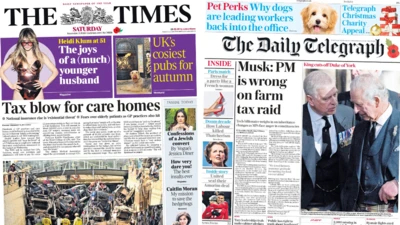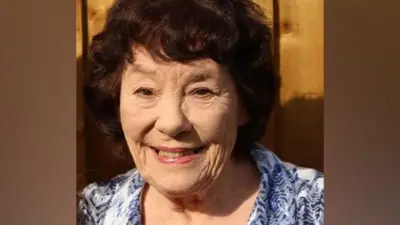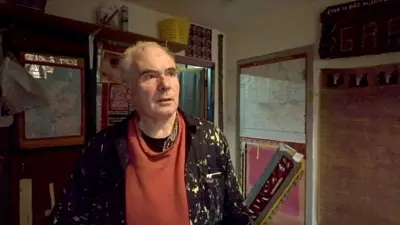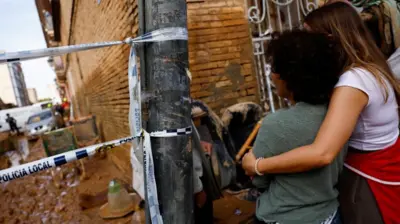We've updated our Privacy and Cookies Policy
We've made some important changes to our Privacy and Cookies Policy and we want you to know what this means for you and your data.
Kabul: Streets with no names
- Author, Tahir Qadiry
- Role, 91»»Ī¨ Persian TV, Kabul
There are few formal street names or house numbers in Kabul - so just how does a postman deliver the mail?
For the postmen of Kabul, navigating the maze of the city is a daunting task. It is a city of more than four million people and one in which hundreds of homes and streets are being developed every year.
There are few street names and house numbers, and the Central Post Office has yet to introduce a full postal code system.
So how does a letter find its way to the correct recipient?
At one of Kabul's Post Office distribution centres, I saw more than 30 private and official letters. None had an exact address - just a series of vague directions.
One, which had been sent from America, simply states, "Hamid Jaan, behind Darul-Aman palace".
Another directs the postman to a destination "behind Omar Jan Mosque", while the addressee of another apparently lives close to "Alauddin school".
"The receiver's address is always vague. They write the address as though I am a friend of the receiver," says Ahmad Omid, who has been working with Afghan Post for more than two years.
"Sometimes, it takes hours to deliver a letter."
Ahmad, who crosses the city by bike, says that finding addresses is based on personal knowledge and asking locals for help.
I accompanied Ahmad on his mission to deliver Hamid Jaan's letter from America.
We headed towards Darul-Aman, south of Kabul, a palace that was built 90 years ago during the reign of Amanullah Khan, the former Afghan king. It had been badly damaged during the civil war in the 1970s.
Ask for the butcher
On our way, we asked almost everyone we met - from policemen to students - for help finding Hamid Jaan. One would say go straight, others would give us the address of a "Hamid Jaan" they knew of - but not the one we were after.
People in Afghanistan are predominantly known locally by their profession, and the Hamid we wanted turned out to be a butcher.
So, after two hours of cycling in the 32C heat, and asking about a dozen people, we arrived at Hamid Jaan's house. Mission accomplished.
Afghanistan became a member of the Universal Postal Union (UPU) in 1928, but it has taken since then for the country to begin to fully make use of its status.
For example, a number of private companies now work alongside the government postal services in delivering letters and packages.
Mohammad Yasin Rahmati, head of Kabul Post Office, says most of their business is made up of government offices. Fewer people are requiring their services for personal correspondence.
"With the usage of modern technology, like the internet, people send emails," he says.
Afghan Post has also embarked on a postal code and addressing system project, with technical assistance from the UPU, in an attempt to modernise the service.
"It will take some time for [people] to get used to it," says Mr Rahmati.
However, a postcode is only complete if streets have names and houses have numbers.
Businessman Abdul Ali Haidari sells street signs and house numbers to the residents of Afshar District. He had the idea after struggling himself to find places.
"When people came to our place, they would walk around for hours to find somewhere. The Kabul Municipality hasn't put up signs. So I decided to put signs on streets and houses in this place."
The problem is compounded by the fact that Kabul doesn't even have an official street map.
Some people, however, have resorted to drawing up their own.
Laurence Leusar, head of a cultural organisation funded by the French Embassy in Kabul, has relied on information provided by local residents to compile hers.
"It is always difficult to find a place in Kabul, you must rely on the locals for information," she says.
"When I go somewhere that takes half an hour, I allocate one hour to get there. Half an hour to get there and half an hour to search and ask the locals.
"It is fun, this way you get to know many Afghans."
Top Stories
More to explore
Most read
Content is not available








